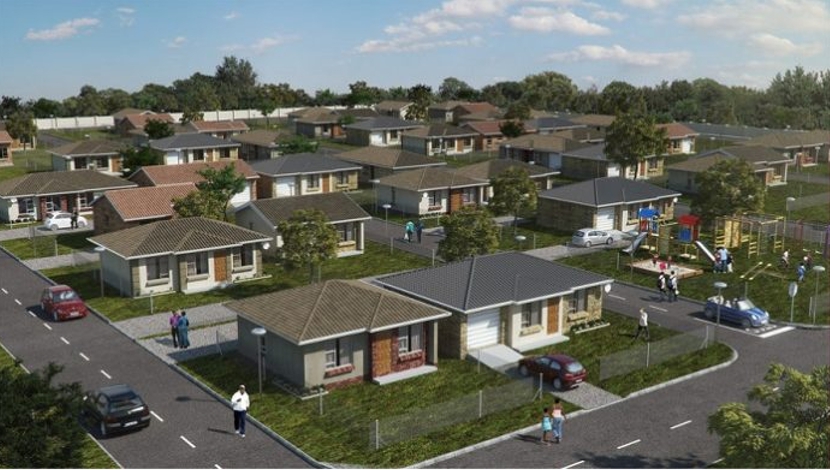

Gauteng’s Department of Infrastructure Development (DID) has taken a hardline stance towards delivering quality infrastructure projects on time and on budget, to the point that Infrastructure Development MEC Jacob Mamabolo has said there would no longer be any excuses for any project not moving forward.
A critical development area that has typically been marred by weakness, delays and poor performance, efficient and effective management of government properties and the effective deployment of infrastructure have been the DID’s core focus over the past 18 months of Mamabolo’s tenure.
On Thursday, Mamabolo said that the department had transformed into an “efficient project delivery machine”, simultaneously “cracking the code” for infrastructure delivery.
With the combination of the new Project Readiness Matrix (PRM), the completed Immovable Asset Register and the department’s year-old electronic monitoring hub and project nerve centre, Lutsinga Infrastructure House, Gauteng’s building and construction industry’s notorious reputation for delays in delivery, poor quality, high cost overruns, waste of resources, inefficiencies and ineffectiveness should be a thing of the past.
The PRM is a proprietary tool developed in-house to monitor the more than 160 non-negotiable steps that need to be taken to get a project from conception to completion, and it has become a tool of “transparency, compliance and accountability”, according to Mamabolo.
This means that there are no more excuses, beyond factors out of government’s control, when it comes to delivering these infrastructureprojects within the stipulated timeframe and budgets, as they have been proven project ready.
This will be done with the assistance of Lutsinga Infrastructure House, which uses technology to track spending and project milestones, and is home to the Immovable Asset Register, the Construction and Built Project Management Dashboard, the Expanded Public Works Programme Dashboard, the E-maintenance Dashboard and an infrastructure monitor that measures and reports on the socioeconomic impact of the DID’s work.
He further committed to ensuring that underused or neglected government properties are managed more efficiently and effectively and that any properties not core to government’s delivery mandate are disposed of to eliminate the wasting of public funds to maintain unproductive assets.
The DID also plans to “recycle” its assets, where possible, to ensure that each property is efficiently maximised and fully utilised for public benefit.





